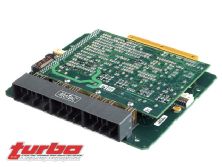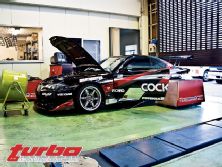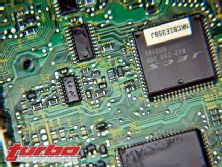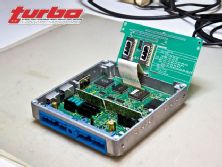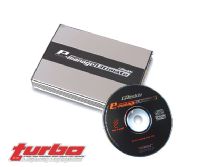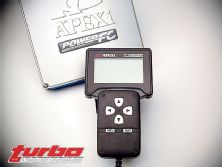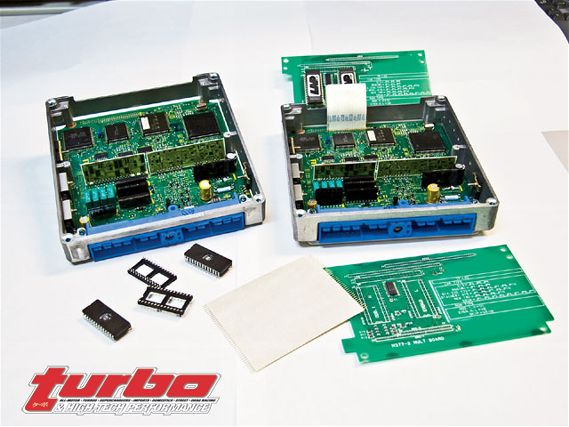 | Stand-Alone To Rom Tuning - Garage Tech
| Stand-Alone To Rom Tuning - Garage Tech
A tuning technique long shrouded in mystery, ROM tuning has been used by the Japanese tuning industry since the late '80s. Not until recently, though, did ROM tuning begin to take off in America. Most tuners would opt for either a piggyback system (Power Enterprise Cam-Con, SDS- Simply Digital System, A'PEXi SAFC) or go with a stand-alone-type system (A'PEXi, PowerFC, HKS VPro, Motec). With the introduction of factory ECUs with flash capability and the development of cost-effective tuning software, ROM tuning is quickly becoming a popular tuning solution. We turned to longtime ROM tuner Kazuhiro Fujioka of Auto Produce Boss to shed some light on why ROM tuning has been the primary choice for many tuners in Japan.
Kazuhiro says that with a base knowledge of ROM tuning, stand-alone tuning becomes much easier.
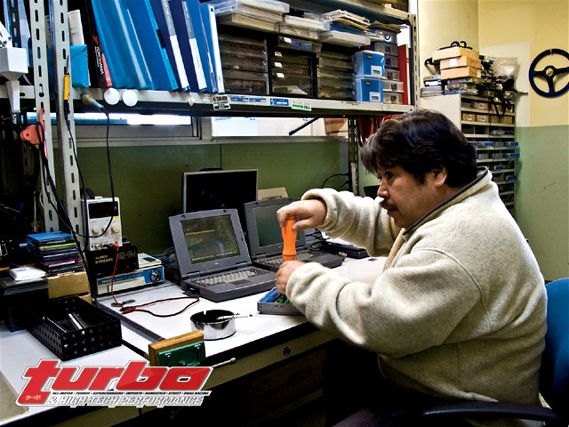 | Stand-Alone To Rom Tuning - Garage Tech
| Stand-Alone To Rom Tuning - Garage Tech
What is ROM tuning anyway? Essentially, it's manipulating the factory data within the stock ECU's programming to optimize engine performance after the addition of aftermarket parts. Data within the factory ECU is changed to work with increased airflow and injection. The tuner is basically doing the same thing that would be done with a stand-alone type system, except it is all within the factory ECU. Sounds easy enough, right? The problem lies in knowing where the data sits within the programming of the ECU and how to access it. The data and operating machine language all lies in a chip within the ECU. This chip has to be read to ana- lyze the data and figure out what string of data controls what. Once you have this, the data can then be manipulated for whatever purpose needed. Kazuhiro explains that in the past this data would be dumped into a file and analyzed on software like Techtom's Mighty Map.
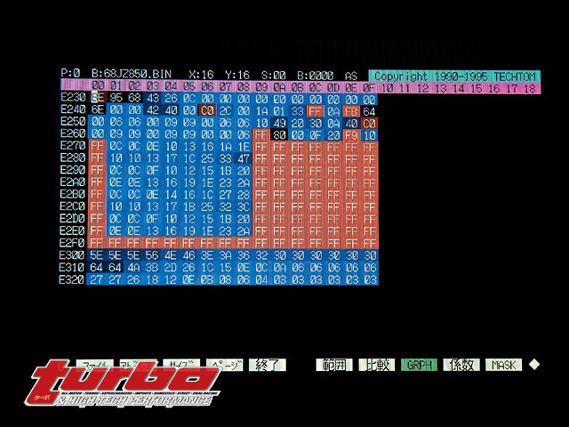 | Stand-Alone To Rom Tuning - Garage Tech
| Stand-Alone To Rom Tuning - Garage Tech
Mighty Map gives you the capability of reading and writing a file, but it doesn't tell you where the data lies within the file itself.
Tuning is done on the bench instead of in real time. This also involves an investment in base equipment. Besides the need of the obvious air/fuel meter and scanner, the tuner would also have to invest in software as well as addressing and soldering equipment in order to be able to properly tune a car. On top of that, tuning is done in hexadecimal format. Mighty Map doesn't lay the data out for you in a graphical fashion; it is in its raw format. This means that you have to understand what the code means to be able to manipulate it.
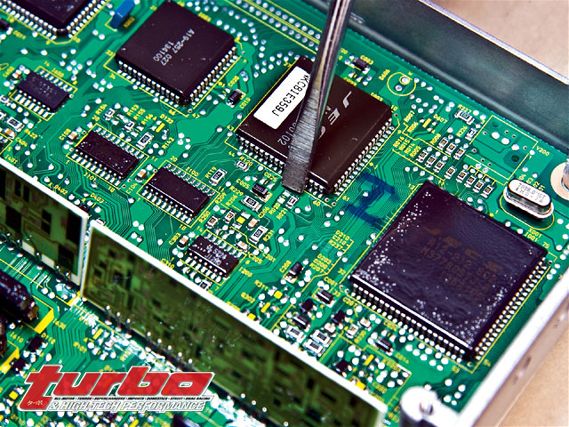 | Stand-Alone To Rom Tuning - Garage Tech
| Stand-Alone To Rom Tuning - Garage Tech
The main chip with the JECS written on it is where the data is for the ECU.
More recently, car manufacturers have utilized flash technology in their ECUs. This means that the base data can be rewritten a finite amount of times onto the chips via either the OBD port or directly attaching a cable to the ECU itself. This has made ROM tuning much more accessible than before. Software is in development for older makes to incorporate emulator technology and allow tuning real time. On top of that, software is readily available through the Internet and users can share data.
Continuing to become more and more sophisticated, the piggyback system is still limited in control as it manipulates the airflow signal to trick the ECU into thinking it is at a lower or higher amount.
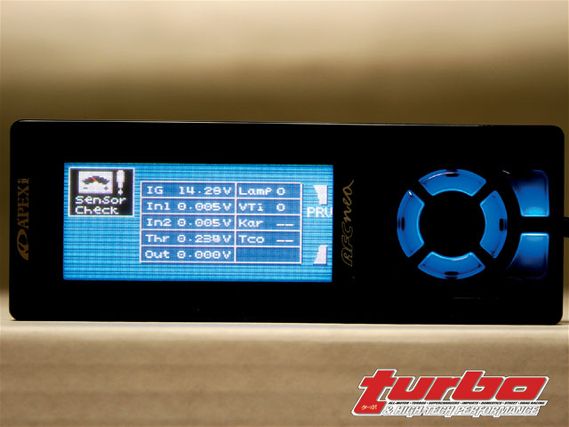 | Stand-Alone To Rom Tuning - Garage Tech
| Stand-Alone To Rom Tuning - Garage Tech
Why not just install a piggyback controller? Eric Hsu of XS Engineering says, "The bottom line is the only correct way to control your engine is with absolute control." A piggyback controller can do only minor adjustments since it uses a signal from the airflow meter and outputs a fixed signal using whatever settings you give it. The tuner doesn't have the control of where it will end up on the factory map in relation to what you are outputting. Therefore, the actual timing and fuel needed in part throttle acceleration and mid-shift acceleration may be way off. Another problem is how advanced modern ECUs have become. Manufacturers are implementing the use of wideband O2 sensors to give the fuel trim function more range. ECUs are so smart now that they can self learn the adjustments made with a piggyback. Therefore, when it comes to anything that requires an injector upgrade, you need to be able to manipulate all functions properly to get the right amount of fuel and timing.
The newer Evo and Impreza utilizes a flash-based ECU. As you can see a considerable amount of power can be extracted through tuning.
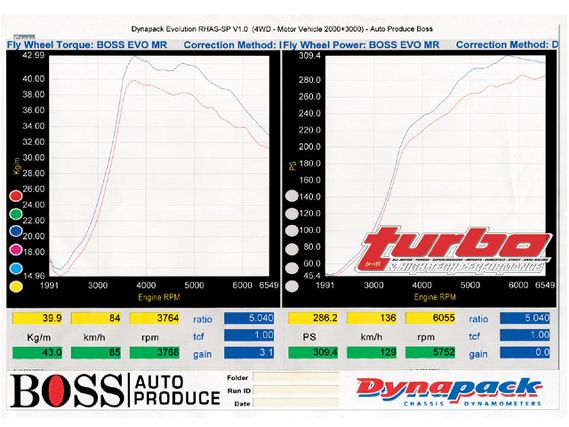 | Stand-Alone To Rom Tuning - Garage Tech
| Stand-Alone To Rom Tuning - Garage Tech
But why ROM tune? It sounds so difficult and bothersome. Kazuhiro says that the factory spends huge amounts of money developing a single ECU to match an engine. Since a production vehicle must operate in all conditions, the factory sets up an ECU to work in high altitude, sea level, summer heat, snow, high octane and poor fuel conditions. The factory takes this into account and builds an ECU to work accordingly. Many aftermarket ECUs have this capability built into it. The problem is that the data is standardized for all makes since stand-alones aren't really car specific. It is up to the tuner to tune for all different intake air temps, water temps and elevations. If all these functions are setup correctly then closed-loop control is effective, but this takes quite a bit of time and data. With a factory ECU all this data is already programmed in to match the engine. A skilled tuner can then come in and tune with less time set on building base maps or compensation settings. Similar to a stand-alone, the tuner can rescale ignition and fuel maps to match an increased range of rpm or load.
The misconception is that you're limited to stock parts on a ROM tune. This tune was performed on a SR20DET with upgraded cams, intake manifold, throttle body, MAF, injectors and turbo.
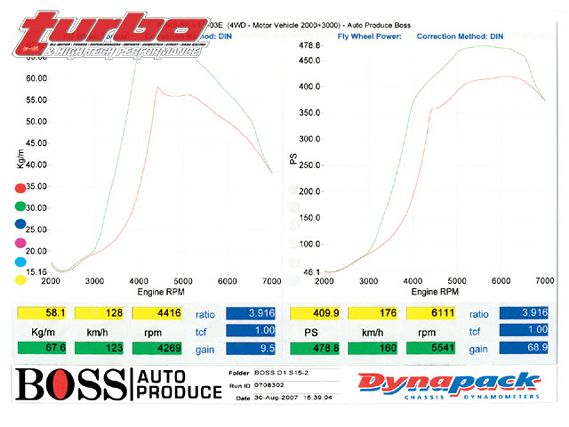 | Stand-Alone To Rom Tuning - Garage Tech
| Stand-Alone To Rom Tuning - Garage Tech
But the ROM tune isn't omnipotent. It has its limitations. It can only work according to the styles of sensors that the factory sets it up for. For example, you can't switch from a mass airflow sensor (MAF) to a manifold absolute pressure sensor (MAP). This puts a clamp on the maximum amount of power you can make before exceeding the capabilities of the MAF. This is where stand-alone ECUs are powerful. All the functions are open to the tuner: You can adjust fuel and ignition on the fly, different makes and types of sensors can be utilized, the number of injectors can be increased, no prior knowledge of factory coding is needed. For engines making big numbers or race engines running on the edge, this is great. But this comes at a high price. Many stand-alone systems cost upwards of $1,500. Higher end systems can cost $3,000 or $4,000 with the need for custom wire harnesses.
Units such as the Motec feature full control and compatibility on all platforms through user-set parameters. Tuners have many options for expandability with sensors and additional injectors. [Pic of Motec]
Now that we've discussed a little about ROM tuning, Kazuhiro went through the process of tuning an older style ECU. Since the process is the same for every Silvia chassis and generally with pre-flash Nissan ECUs, we had him tune an S15.
Potenza's S15 runs upgraded injectors and MAF all on a ROM tune.
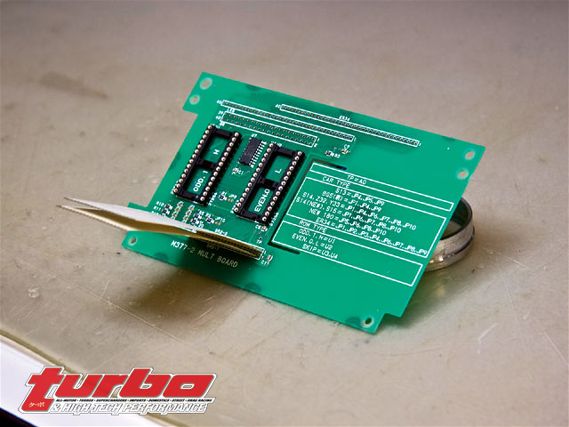 | Stand-Alone To Rom Tuning - Garage Tech
| Stand-Alone To Rom Tuning - Garage Tech
He first removes the ECU from the car, making sure to remove the negative ground from the battery to prevent any shorts. With the ECU removed, the casing is opened up to reveal the main board. Older Nissan ECUs have the capability of using external memory via a daughterboard. The data is written to EPROM chips and fixed onto the daughterboard.
On the main board, he locates the com port. This area is first cleaned and then de-soldered. The cable that communicates between the main board and daughterboard is soldered into here.
You can see that the jumper on R021is moved to R020 to bypass the main memory and read from the com port.
Great care is taken when soldering as vibration can shake the solder loose and damage the ECU. Next, he moves the jumper from R021 to R020. This tells the ECU to read through the com port instead of the main chip. The opposite side is then soldered onto the daughterboard.
This daughterboard is compatible with different applications based on jumper selection.
He then prepares the EPROM chips by first placing them in a chip eraser to ensure that the memory is clear. While waiting for the chips, he prepares the data through Mighty Map. Once he's satisfied with all the changes, he places the clean chip into the chip writer. Each 28-pin chip is written, one odd, one even. The chips are then affixed onto the daughterboard and the ECU is reassembled.
The daughterboard fits inside the original casing of the ECU.
Making the right choice when it comes to tuning your project is important. It should be the final step in bringing your project together. Whether it's a piggyback, ROM tune or a standalone, make sure your choice is appropriate to your needs and budget.

